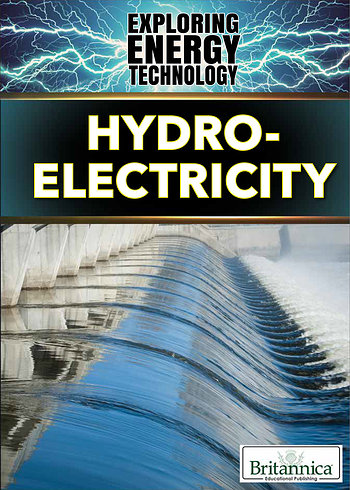





Exploring Energy Technology
Since the Industrial Revolution, humans have increasingly depended on fossil fuels such as coal and petroleum to produce electricity and power our world. Although these nonrenewable resources still account for around 87 percent of energy consumption worldwide, their limited supply and impact on pollution and atmospheric temperatures have led scientists to find new applications for renewable sources of energy, such as the wind, the sun, the earth, and water. Through this series, students will learn about how these resources are harnessed for energy, where they are found, and the advantages and disadvantages of each. Features include: Connects science content with real-world consequences and technology to help readers think critically about their environment. Correlates with the Energy and Ecosystems dimensions of the Next Generation Science Standards.
? Connects science content with real-world consequences and technology to
help readers think critically about their environment
? Correlates with the
Energy and Ecosystems dimensions of the Next Generation Science
Standards















